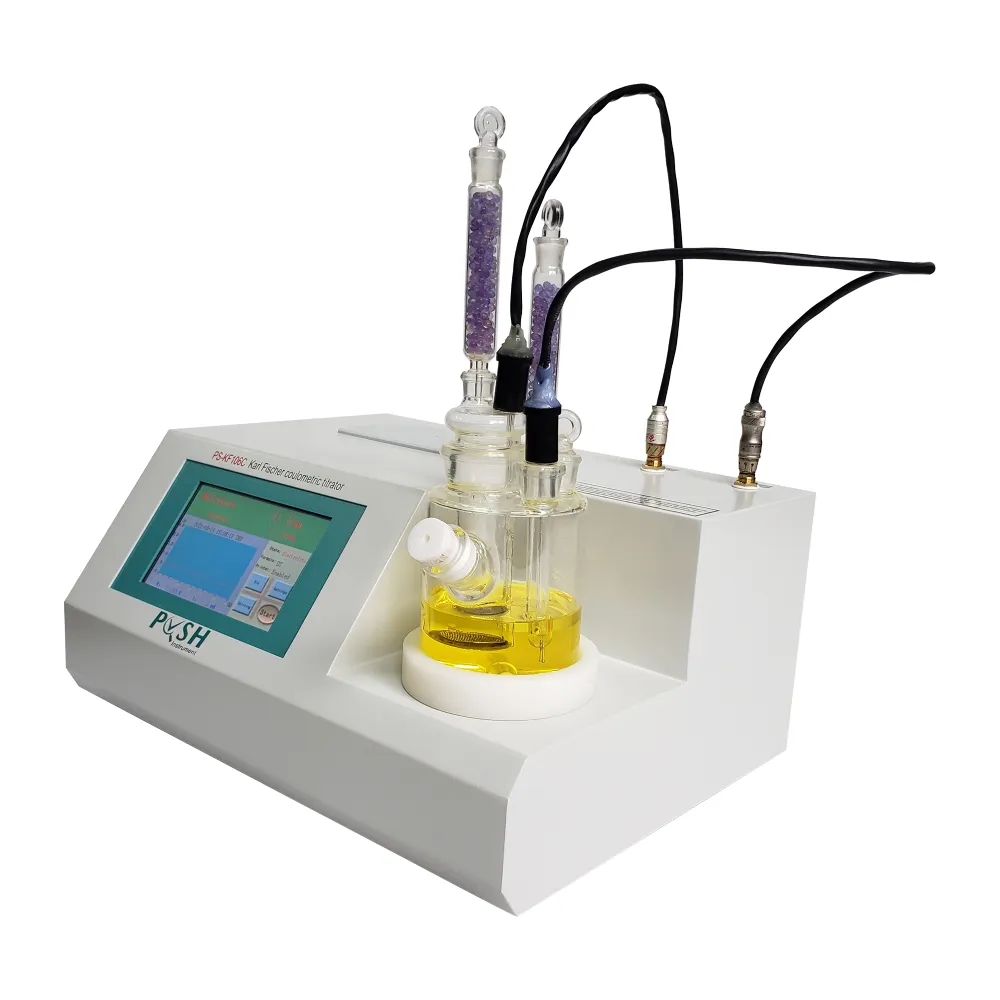 English
English



-
 Afrikaans
Afrikaans -
 Albanian
Albanian -
 Amharic
Amharic -
 Arabic
Arabic -
 Armenian
Armenian -
 Azerbaijani
Azerbaijani -
 Basque
Basque -
 Belarusian
Belarusian -
 Bengali
Bengali -
 Bosnian
Bosnian -
 Bulgarian
Bulgarian -
 Catalan
Catalan -
 Cebuano
Cebuano -
 China
China -
 China (Taiwan)
China (Taiwan) -
 Corsican
Corsican -
 Croatian
Croatian -
 Czech
Czech -
 Danish
Danish -
 Dutch
Dutch -
 English
English -
 Esperanto
Esperanto -
 Estonian
Estonian -
 Finnish
Finnish -
 French
French -
 Frisian
Frisian -
 Galician
Galician -
 Georgian
Georgian -
 German
German -
 Greek
Greek -
 Gujarati
Gujarati -
 Haitian Creole
Haitian Creole -
 hausa
hausa -
 hawaiian
hawaiian -
 Hebrew
Hebrew -
 Hindi
Hindi -
 Miao
Miao -
 Hungarian
Hungarian -
 Icelandic
Icelandic -
 igbo
igbo -
 Indonesian
Indonesian -
 irish
irish -
 Italian
Italian -
 Japanese
Japanese -
 Javanese
Javanese -
 Kannada
Kannada -
 kazakh
kazakh -
 Khmer
Khmer -
 Rwandese
Rwandese -
 Korean
Korean -
 Kurdish
Kurdish -
 Kyrgyz
Kyrgyz -
 Lao
Lao -
 Latin
Latin -
 Latvian
Latvian -
 Lithuanian
Lithuanian -
 Luxembourgish
Luxembourgish -
 Macedonian
Macedonian -
 Malgashi
Malgashi -
 Malay
Malay -
 Malayalam
Malayalam -
 Maltese
Maltese -
 Maori
Maori -
 Marathi
Marathi -
 Mongolian
Mongolian -
 Myanmar
Myanmar -
 Nepali
Nepali -
 Norwegian
Norwegian -
 Norwegian
Norwegian -
 Occitan
Occitan -
 Pashto
Pashto -
 Persian
Persian -
 Polish
Polish -
 Portuguese
Portuguese -
 Punjabi
Punjabi -
 Romanian
Romanian -
 Russian
Russian -
 Samoan
Samoan -
 Scottish Gaelic
Scottish Gaelic -
 Serbian
Serbian -
 Sesotho
Sesotho -
 Shona
Shona -
 Sindhi
Sindhi -
 Sinhala
Sinhala -
 Slovak
Slovak -
 Slovenian
Slovenian -
 Somali
Somali -
 Spanish
Spanish -
 Sundanese
Sundanese -
 Swahili
Swahili -
 Swedish
Swedish -
 Tagalog
Tagalog -
 Tajik
Tajik -
 Tamil
Tamil -
 Tatar
Tatar -
 Telugu
Telugu -
 Thai
Thai -
 Turkish
Turkish -
 Turkmen
Turkmen -
 Ukrainian
Ukrainian -
 Urdu
Urdu -
 Uighur
Uighur -
 Uzbek
Uzbek -
 Vietnamese
Vietnamese -
 Welsh
Welsh -
 Bantu
Bantu -
 Yiddish
Yiddish -
 Yoruba
Yoruba -
 Zulu
Zulu
measure transformer
Understanding Measure Transformers A Deep Dive into a Key Technological Component
In today's data-driven world, the need for efficient and effective data processing has never been more paramount. As organizations grapple with vast streams of data, measure transformers emerge as critical components in bridging the gap between raw data and actionable insights. This article delves into the concept of measure transformers, exploring their functionality, significance, and the revolutionary impact they have on data analytics.
At its core, a measure transformer is a tool designed to convert, scale, or manipulate data to make it more suitable for analytical processes. Often employed in frameworks dedicated to data processing, measure transformers apply specific mathematical or statistical methods to modify the underlying measurements. By transforming data, they help in standardizing inputs, normalizing scales, or even aggregating disparate data sources into coherent formats.
One of the primary functions of measure transformers is to ensure that data is consistent and ready for analysis. In many cases, raw data can be noisy, heterogeneous, or in incompatible formats. For instance, consider sales data from multiple regions, where some entries might reflect monthly sales while others show weekly sales figures. A measure transformer can harmonize these discrepancies, allowing analysts to derive accurate insights without bias introduced through inconsistent measurement units.
Another crucial role of measure transformers involves dimension reduction techniques
. When faced with high-dimensional data, traditional analysis methods may become unwieldy or even infeasible. Measure transformers, through techniques such as Principal Component Analysis (PCA) or t-Distributed Stochastic Neighbor Embedding (t-SNE), can reduce the dimensionality, retaining the most significant variance and simplifying the dataset for easier handling. This process not only enhances computational efficiency but also aids in visualizing complex datasets.measure transformer

The significance of measure transformers extends into the realm of machine learning, where they are imperative for preprocessing data before feeding it into models. Models often require input data to follow specific distributions or scales; thus, transformers that normalize data (e.g., Min-Max scaling or Z-score normalization) play a crucial role in improving model performance and convergence behavior.
Moreover, in real-time analytics, measure transformers can adjust dynamic data streams, continuously monitoring and transforming data as it flows in. This adaptability is essential in scenarios such as financial markets or online consumer behaviors, where timely and accurately processed information can lead to better decision-making.
As organizations increasingly adopt artificial intelligence and machine learning paradigms, the importance of measure transformers will continue to surge. By enabling seamless data processing and transformation, they empower businesses to leverage their data assets effectively, ultimately driving innovation and competitive advantage.
In conclusion, measure transformers are vital instruments in the modern data landscape, serving as the backbone of robust data analytics strategies. They transform, normalize, and refine data, making it optimal for analysis and machine learning applications. As the volume and complexity of data continue to grow, the reliance on effective measure transformers will only deepen, underscoring their importance in harnessing the true power of data. Whether through enhancing analytical accuracy or facilitating real-time insights, measure transformers are undoubtedly a cornerstone of future data science endeavors.
-
Testing Equipment Industry Sees Major Advancements in 2025: Smart & Precision Technologies Lead the WayNewsJun.06,2025
-
Applications of Direct Current Generators in Renewable Energy SystemsNewsJun.05,2025
-
Hipot Tester Calibration and Accuracy GuidelinesNewsJun.05,2025
-
Digital Circuit Breaker Analyzer Features and BenefitsNewsJun.05,2025
-
Benefits of Real-Time Power Quality Monitoring Devices for Industrial EfficiencyNewsJun.05,2025
-
Earth Fault Loop Testing in High-Rise Building Electrical SystemsNewsJun.05,2025



